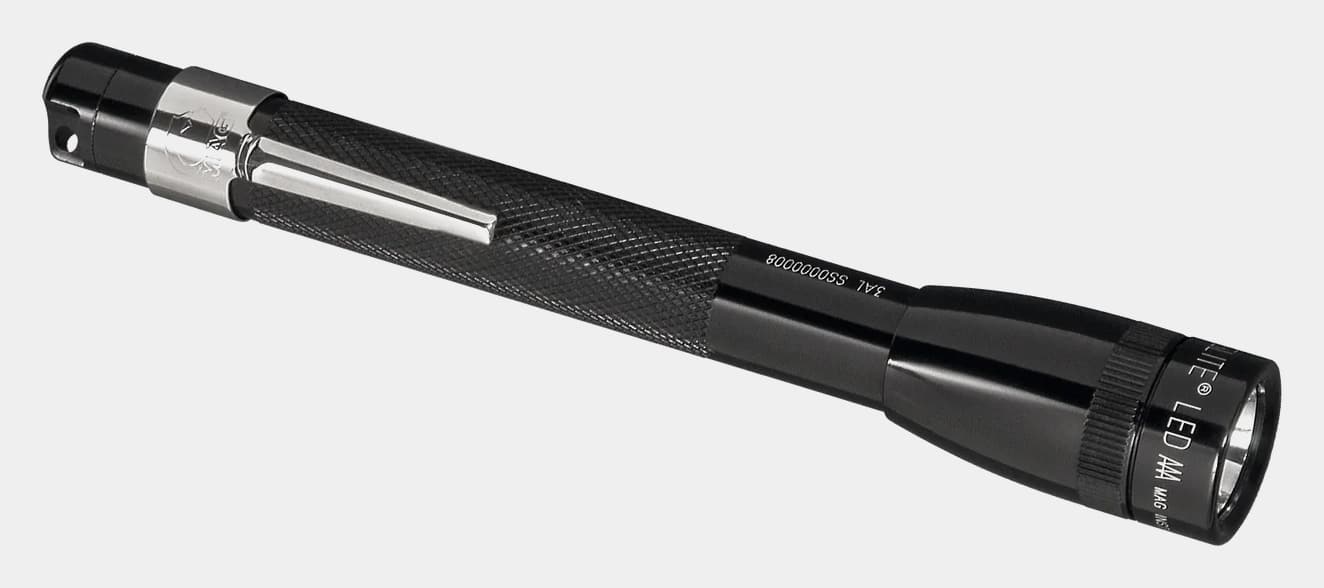Kubotan:
The Ultimate “Unarmed” Self-Defense Tool?
June 13th, 2023
7 minute read
A self-defense weapon can take many forms. In today’s article, Randall Chaney takes a look at Kubotans — a weapon developed in the last century as a less-lethal tool for police officers and citizens. These tools are easy to carry and can be used stand-alone or as a tactical keychain that is concealed in plain sight. As with any defensive tool, we encourage you to seek out a qualified instructor who can teach you how to properly use a Kubotan.
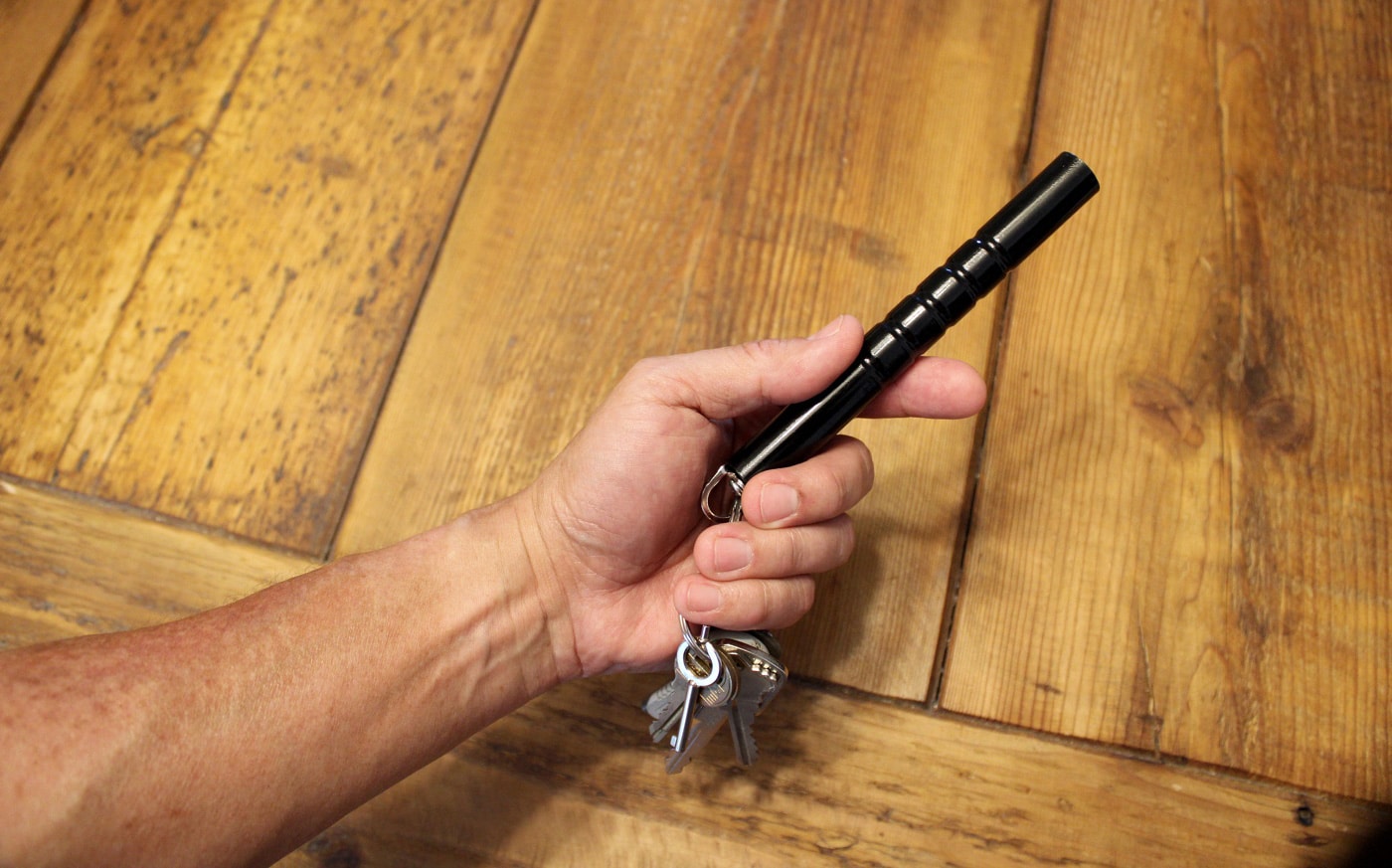
You may sometime find yourself in a non-permissive security environment and unable to carry any weapon. No, really. Think Federal buildings, obstructive private property, courthouses, polling places or air travel, for instance. While it behooves us all to have some level of unarmed defensive skills, be it boxing or traditional martial arts, there are other options.
Forget those prohibited sharp key chain knuckles or OC spray canisters. However, another choice for self-defense is as simple as fetching yourself a stick.
Kubotan Origins
Takayuki Kubota is a Sōke (Grandmaster) and founder of the Gosoku-ryu karate style. A Japanese martial arts practitioner since 1939, Kubota began training his local Kamata-Tokyo Police in 1949. He taught karate, baton and arrest techniques, and self-defense. Kubota began developing alternate ways to control suspects. His teaching umbrella widened to include other police and military organizations.
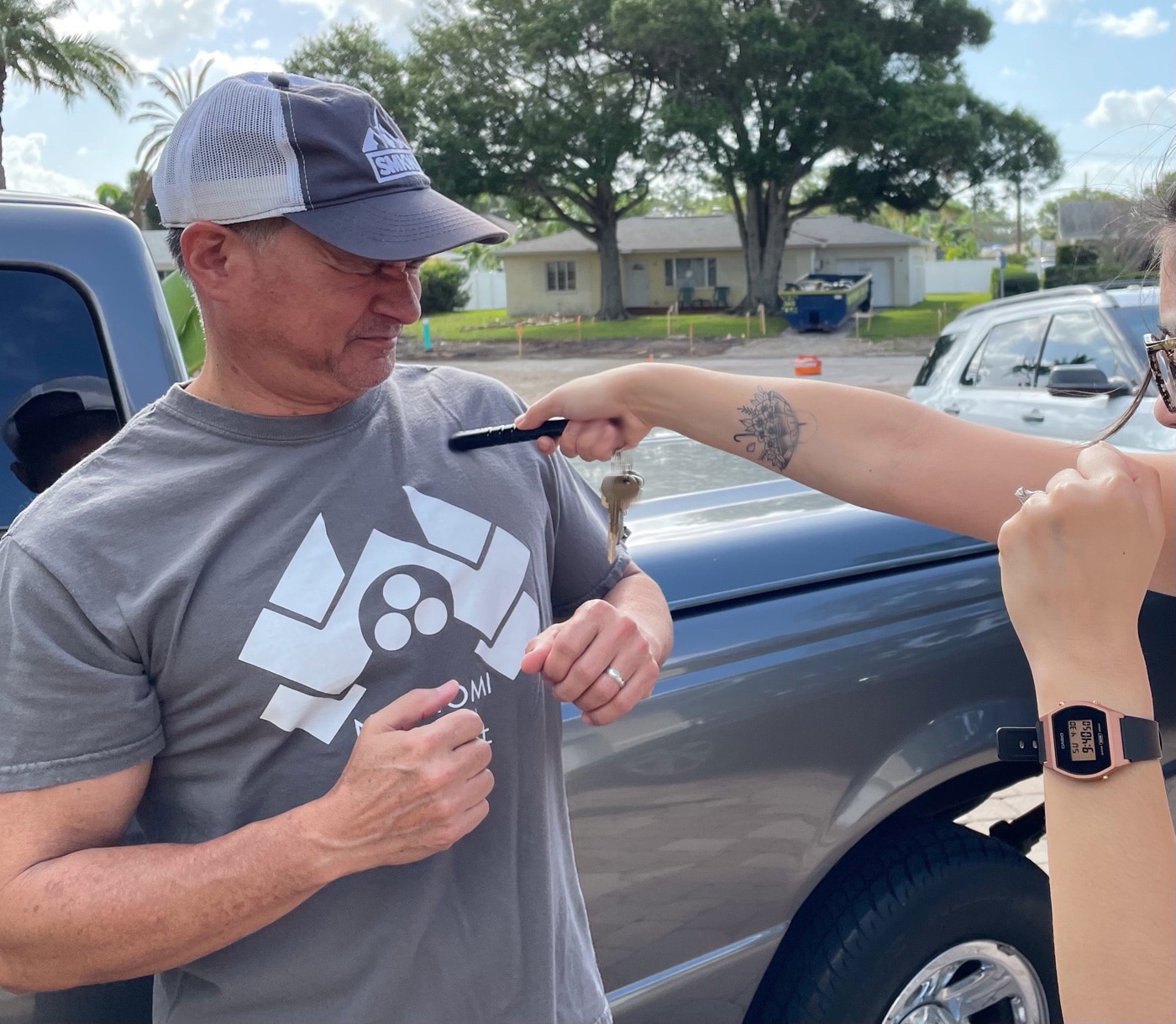
In 1964, Kubota immigrated to the United States, obtained citizenship, and continued his positive instructional influence. Mr. Kubota has imparted his skills to students in the FBI, CIA, DEA, Secret Service, Air Marshals, Navy SEALs and multitudes of other military and law enforcement agencies in the past six decades.
Targeting the Right Self-Defense Tool
A particularly notable evolution in his own style was to invent the Kubotan. Named after himself and a play on the word baton, or stick, Kubota developed a less-lethal style of self-defense using a 5½” long, 5/8” diameter plastic rod with flat ends. The 1981 manual Official Kubotan Techniques, written by Kubota and renowned police trainer John G. Peters, Jr., demonstrates a simplified method of using the small stick to control an attacking or resistive person.
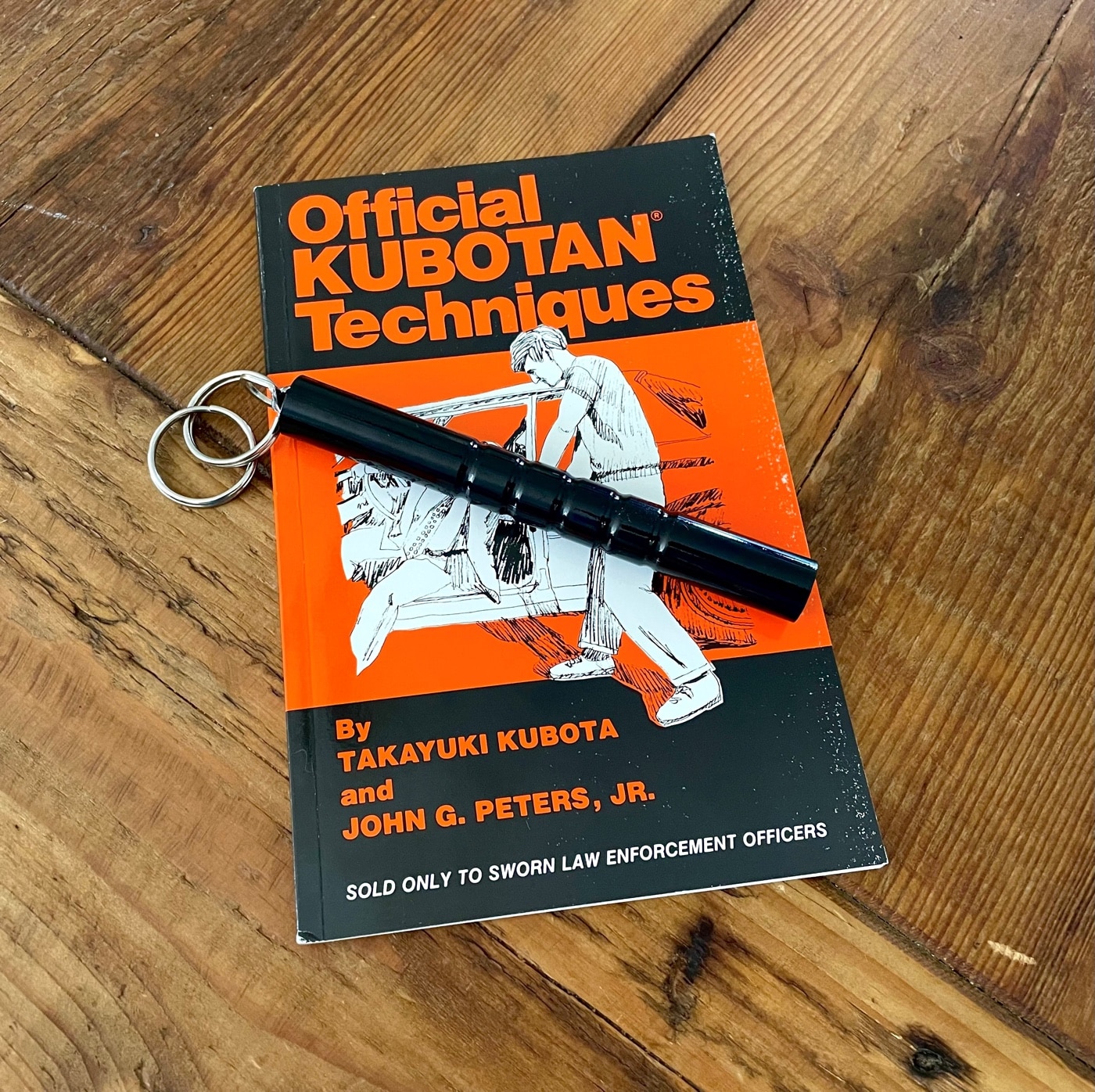
Kubotan training involves six basic movements that are used for self-defense. They utilize pain compliance, joint locks, pressure points and leverage. Even motions that may look similar to strikes are articulated as pushes into a bad guy’s nerve areas. The flat ends of the rigid stick can cause discomfort with very little pressure applied. When used to apply pressure, the Kubotan can have an immediate effect on the target without the possible damage to your fist by landing a punch.
Another technique demonstrated by Kubota in videos is using the Kubotan and attached keys as a flail. He whips the keys-exposed end in diagonals and a straight jab in a quick manner. This is to keep an attacker at bay or to impact his or her hands or face to distract and discourage.
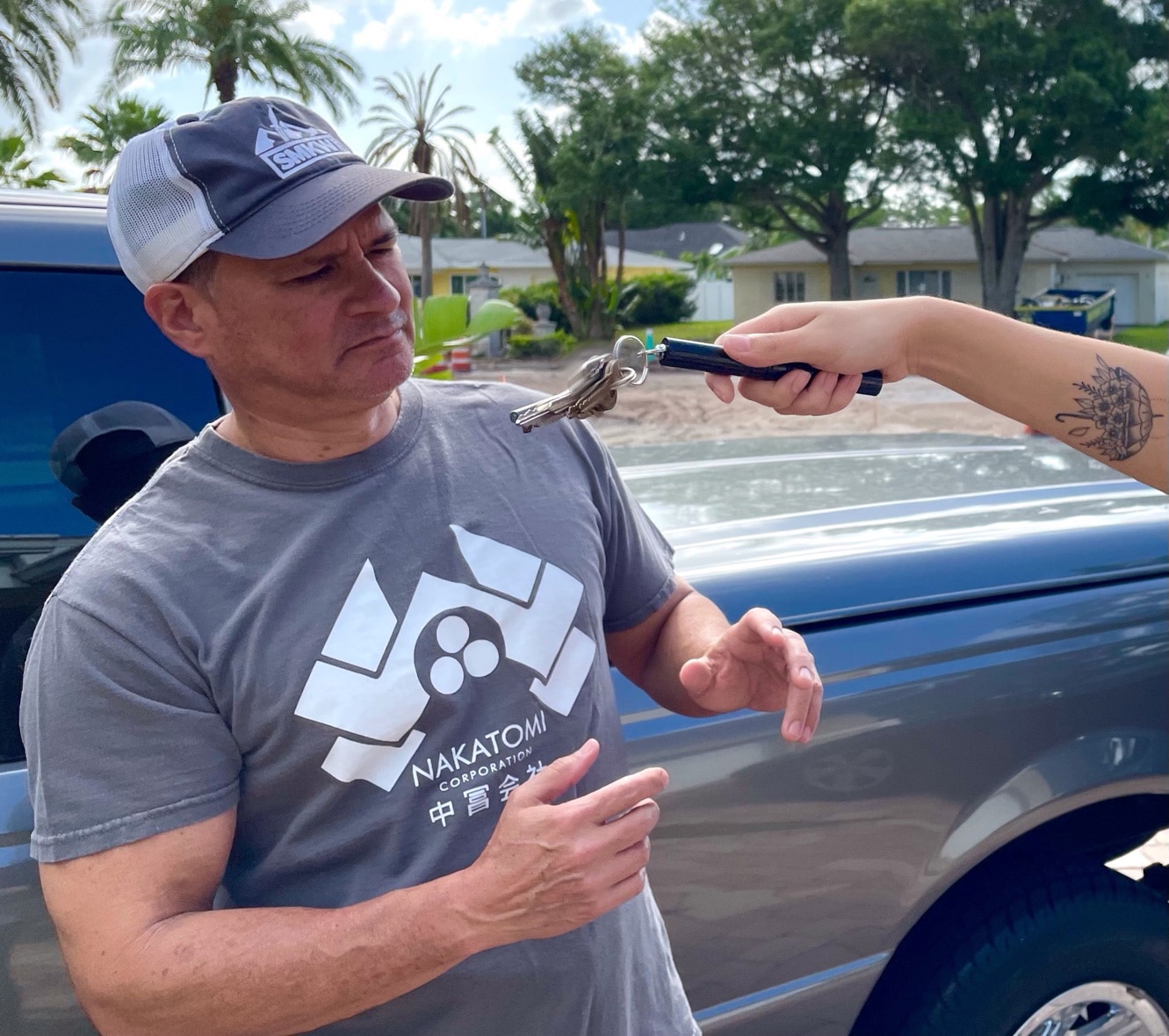
Other martial arts systems use small sticks, such as Judo’s yawara stick or Filipino Martial Arts’ dulo-dulo. The difference is that these styles employ hard thrusts or strikes, sometimes to areas of the human anatomy that would suffer severe injury. Kubota did not develop his Kubotan with this type of damage in mind.
Hands-On: How to Use a Kubotan
Full disclosure here, although I have trained with small combative sticks, I am not Kubotan certified. In the early 1980s, I saw Mr. Kubota’s book on a desk in my uncle’s home. At the time, he was a police officer in Kauai County, Hawaii. Five years later, I would take my oath in my home state of Florida. I began noticing officers at my department carrying the Kubotan on their key rings. Had I not eagerly read Kubota’s book from cover to cover, I would not have known what the innocuous plastic stick was.
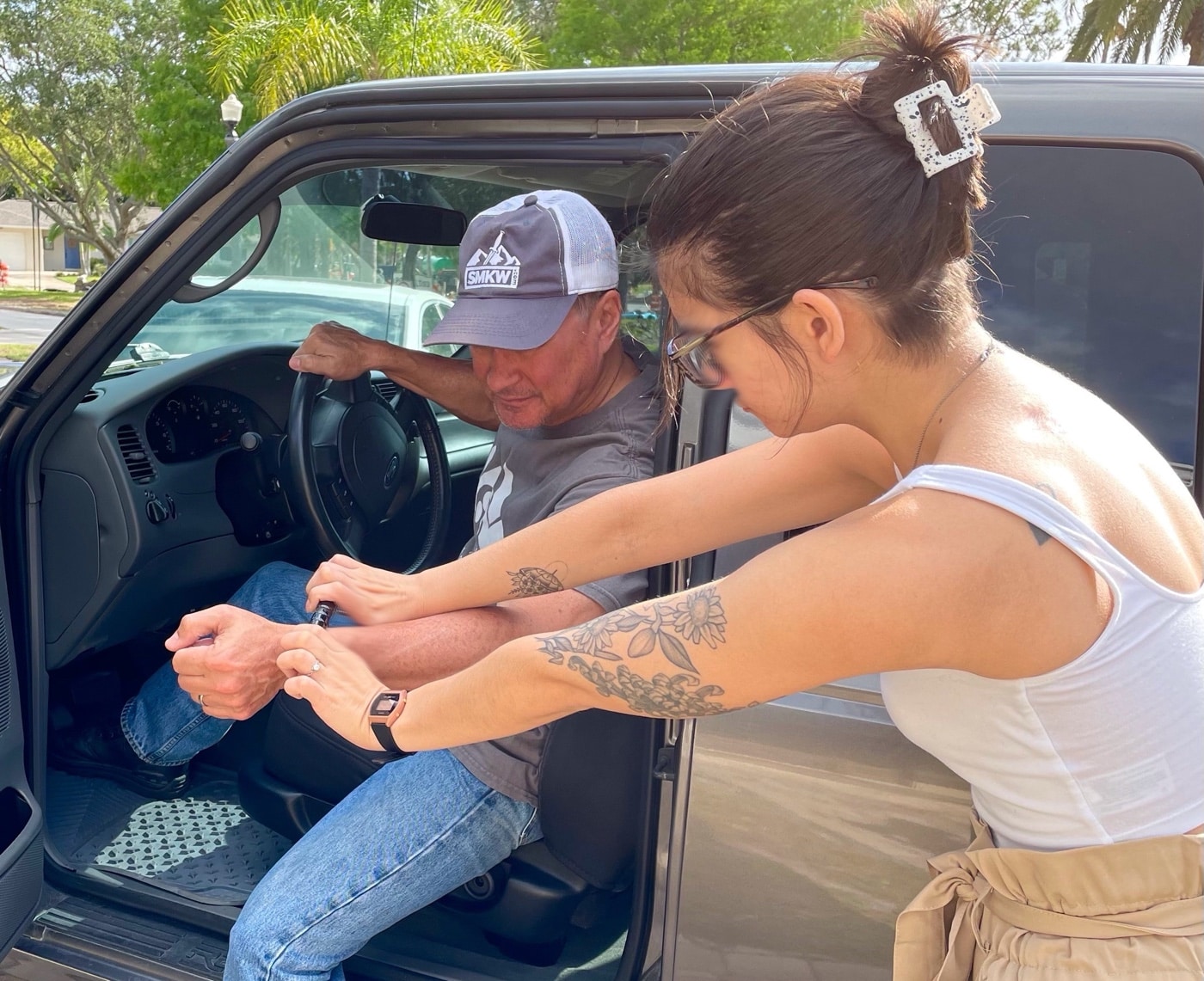
The Kubotan and its training were envisioned to be a less-lethal defense system against attacks and resistance. When government agencies use the term “less-lethal,” it does not mean “non-lethal.” Even devices that are designed to be used without the objective of causing serious injury or death can have these outcomes, whether intentional or unintentional.
The advantage of the little pocket stick is that the wielder can train in various systems along the continuum of the response to resistance, from controlling to dangerous. The use of physical force should not be taken lightly. Those who choose to practice it must know the legalities of their actions and be serious and responsible.
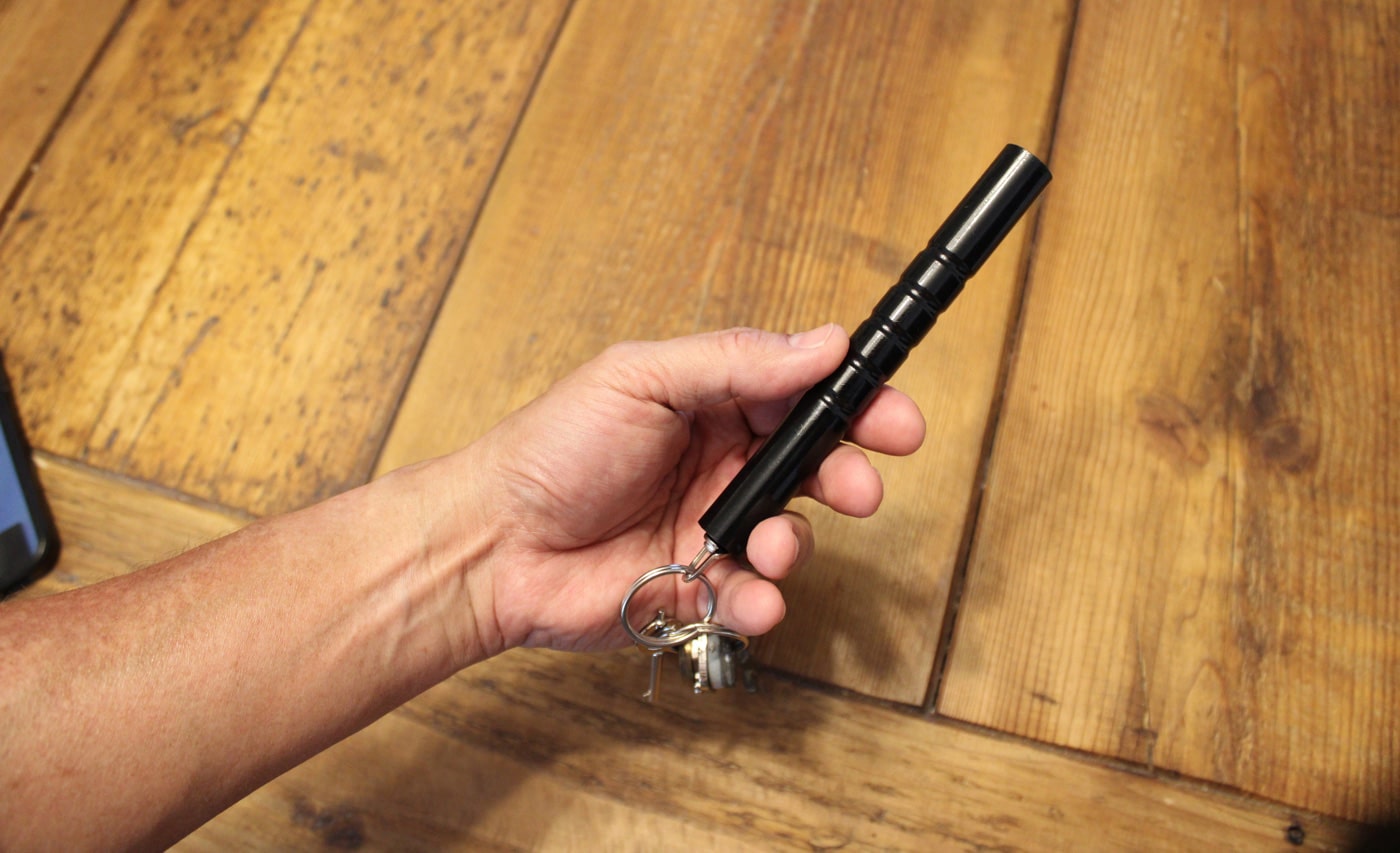
Kubota and Peters’ book is only 56 pages long, but it contains more than 100 photographs detailing each movement in a step-by-step sequence. Interestingly, the 42-year-old orange and black-covered printing contains the outdated statement, “SOLD ONLY TO SWORN LAW ENFORCEMENT OFFICERS.” Of course, civilian classes were added later, and the book became available for purchase by anyone.
Alternative Options
There are many ordinary objects that may be used as self-defense pocket sticks. My favorite is the Maglite Mini. It has the same dimensions as Mr. Kubota’s invention, yet it does not raise a klaxon in a TSA screening like an actual Kubotan. Since it is also a flashlight, it provides more usefulness than just as a Kubotan stick.
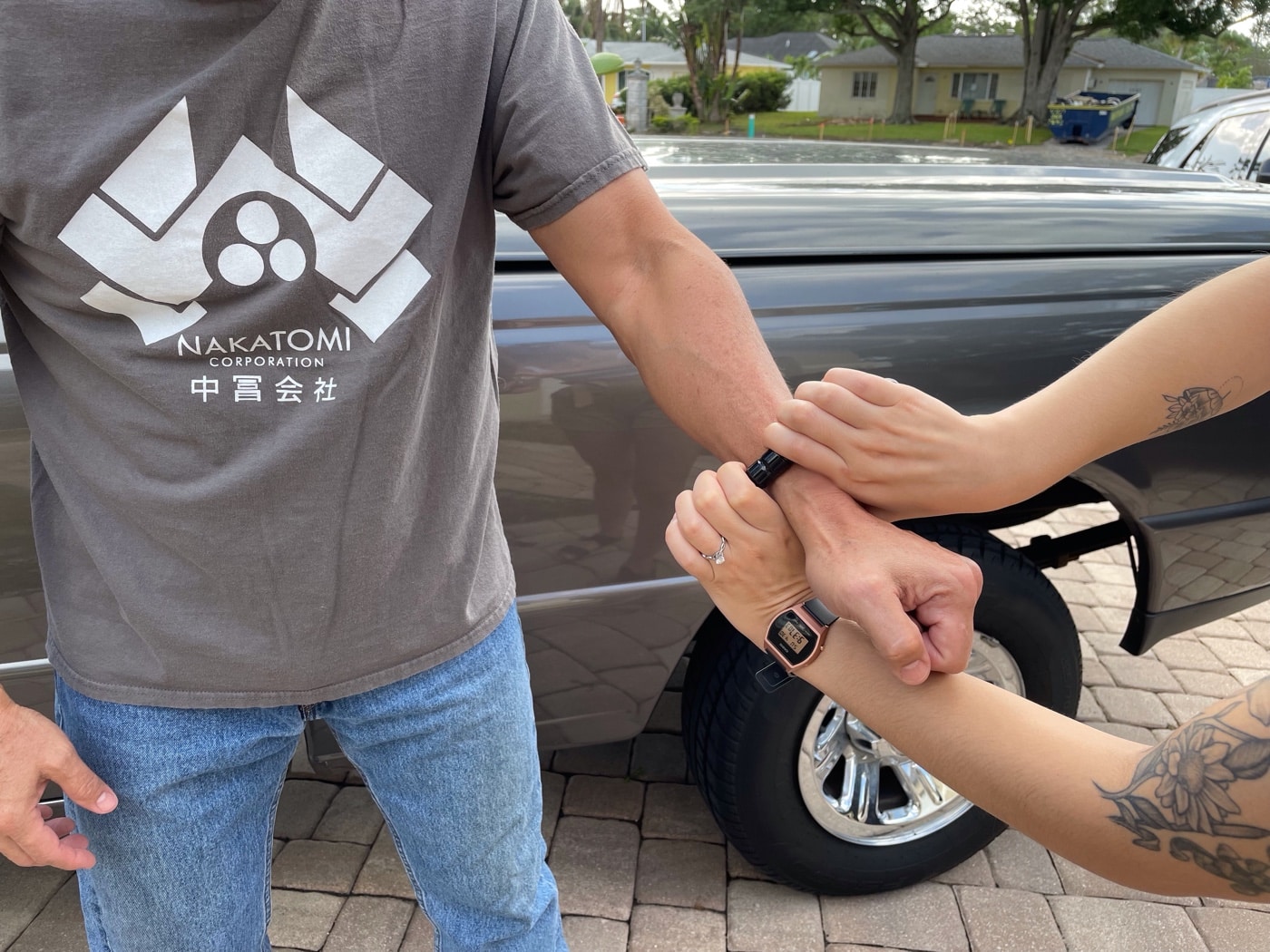
I am fond of the Zebra F-701 metal ballpoint pen. It has the rigidity to act as a pocket stick and likewise does not arouse suspicion. And it is also a writing implement!
I carry a Zebra F-701 in my uniform shirt pocket every shift. I have replaced the ink cartridge with the excellent Fisher SPR4 Space Pen Pressurized Ballpoint Ink Refill. Both make for a great writing stylus and an improvised Kubotan on demand. I highly recommend them.
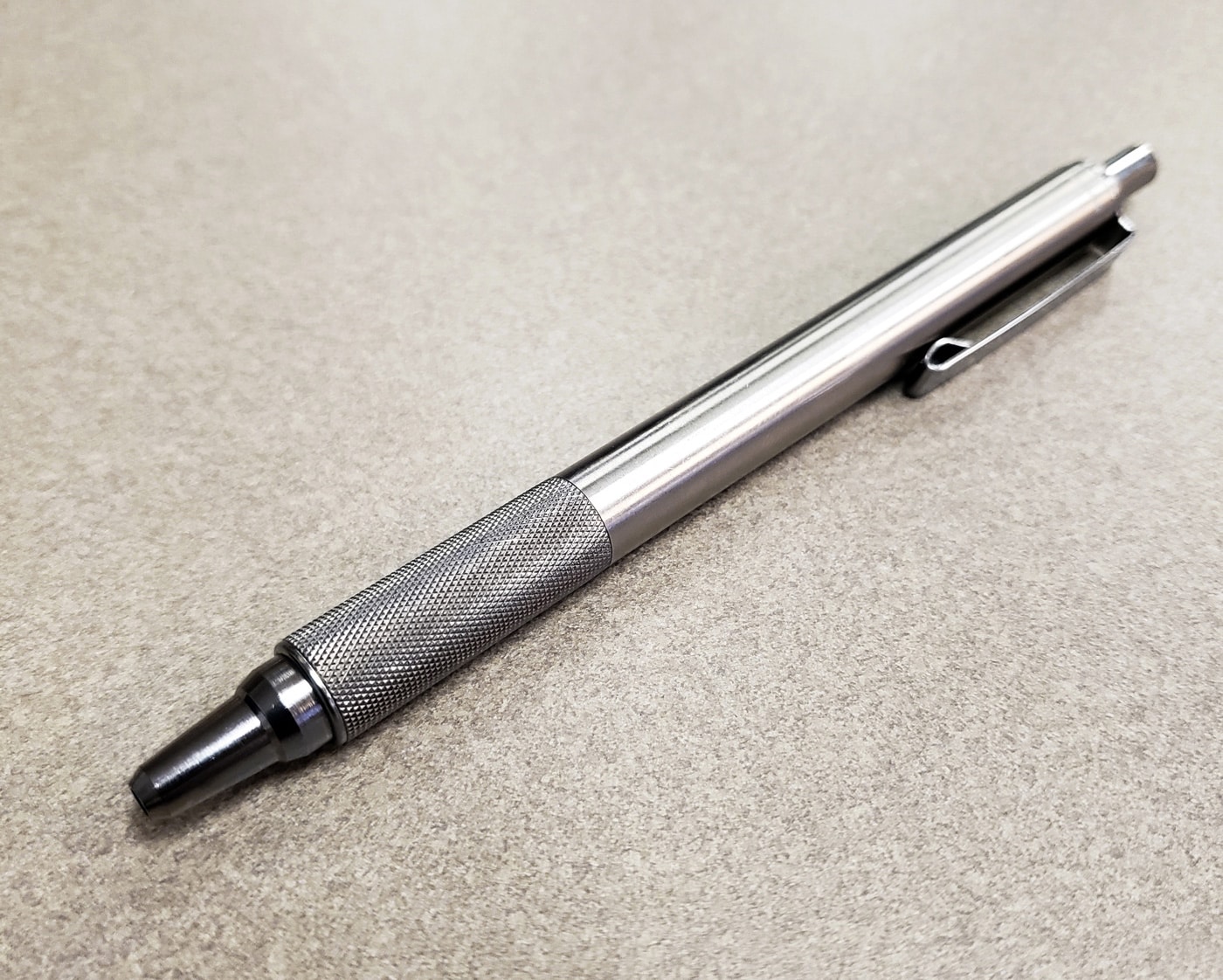
Other common items such as multi-tools, metal rods, hardwood dowels, or similar forms can be used in a Kubotan-like fashion, and may be less conspicuous to carry around. One laborer I knew carried a length of rebar tucked in his belt. It was cut to size and deburred with a hole drilled through one end for his key ring. I suspect it was heavy enough for a fist-load, but I cannot be sure he knew that.
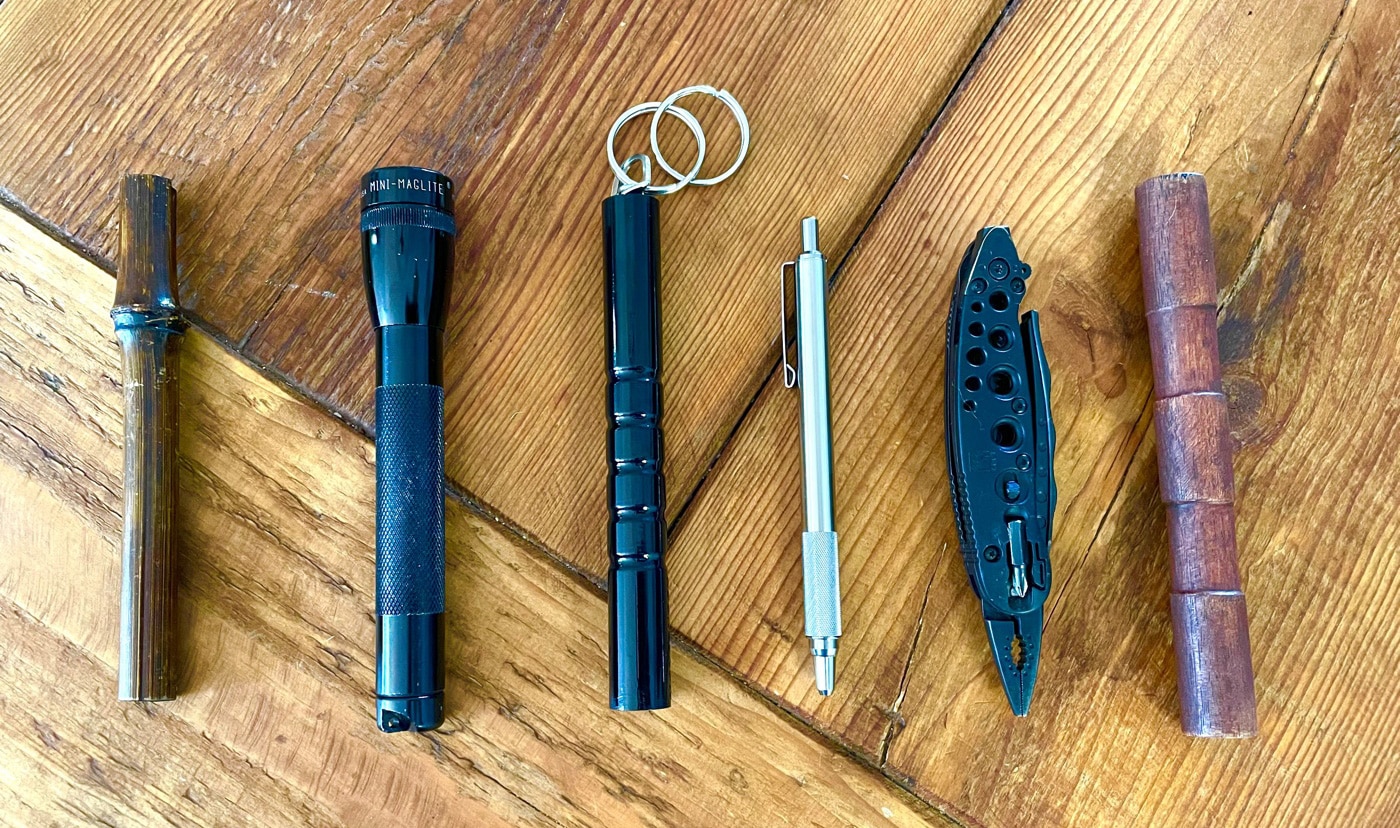
If you are going to carry a pocket stick, I would shy away from flashlights with crenelated bezels or pocket sticks with pointy ends. These seem to be specifically designed to cause “undue” injury, or so a civil litigation lawyer might argue. Besides they may even be less effective with pressure point attacks as the Kubaton was created in a very specific way with flat ends for this purpose.
Final Thoughts on the Kubotan
I like simplicity. A stick can travel anywhere. It’s inexpensive. Your imagination can determine what you choose as one. It can provide an additional level of physical capability.
Your training with a stick can be as basic or as complicated as you wish. No sharpening or reloads are required. Learn how to use a Kubotan weapon effectively and you will be much better prepared should a criminal wish to visit violence on you or your family. I believe Tak Kubota was onto something superlatively versatile.
Editor’s Note: Please be sure to check out The Armory Life Forum, where you can comment about our daily articles, as well as just talk guns and gear. Click the “Go To Forum Thread” link below to jump in!
Join the Discussion
Featured in this article
Continue Reading
Did you enjoy this article?

 177
177





